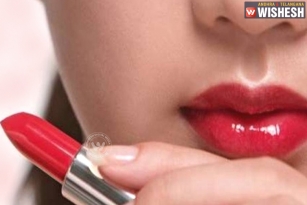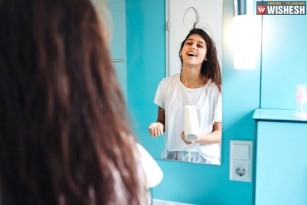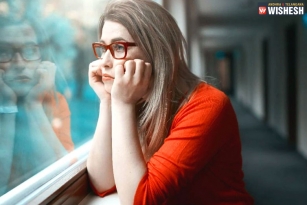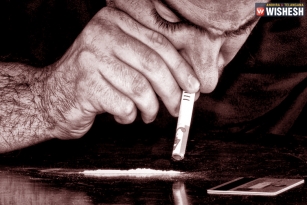
Painting an interior wall might seem like an easy design fix, but like most home projects, it's more than a quick job. "Most people think that painting over a wall with a light color only needs one coat," says Philip Storey of Redhill Painting. "But that's rarely the case." Wall preparation, painting techniques, and the type of paint and finish all affect the result.
Here's the scoop from four professionals on what you need to know for your next painting project.
Painting a light color on walls. Test the color you're considering on your existing wall. Look at it in natural light, in artificial light and at night. "Light colors, such as pastels and shades of white, require significant natural light for the color's natural undertones to shine through," says Jackie Jordan, director of color marketing at Sherwin-Williams. Testing the color can also help you figure out how many coats you'll need to cover the old color properly.
Next, prep the wall accordingly. Fill nail holes, sand rough spots and spot prime any dark marks so the surface is even and ready to paint. A few of the professionals we talked with also recommended cleaning the wall with a mild soapy solution and rinsing them carefully. You'll also want to make sure the wall is sound--if the paint is peeling or there are any structural problems, you may want to consult a professional.
Now it's time to paint, and technique is important here. "Generally roll top to bottom from one side of the wall to the other end," says painter Alex Davison. "I know you'll want to finish quickly, but rolling across will just leave marks. Finish one section and on to the next--a little like cutting grass." Use at least two coats before moving on.
Painting a dark color on walls. "Painting dark colors is more difficult and less forgiving than painting light colors," says Storey. Be prepared for three coats of paint-sometimes four-to get the proper dark hue on your walls.
Deciding whether or not to prime is often an issue with dark paint colors. "When doing light to light or dark to dark, you don't usually need primer," says Rick Watson, manager of product information at Sherwin-Williams. Otherwise, you'll want to use a high-hiding primer that's designed for the material you're painting. Jordan recommends using a gray-shaded primer to help reveal a color's depth. "When a primer is tinted to the right shade of gray, light absorption and reflection find a harmonized balance, offering maximum top-coat coverage and great hiding and color vibrancy," she says.
Again, painting technique is important. "Darker colors are fuzzier and are more likely to leave marks where they dry faster," says Davison. Since these colors can bleed, paint carefully and quickly. "Be more methodical than you would with a light color, as roller marks can be more apparent with a darker color," says Storey. He recommends using a roller with a shorter nap (3/8 inch to 1/2 inch) to make sure the paint is applied smoothly. Be careful not to put on too much paint in one coat, which can look uneven when it dries.
Choosing a finish. "When it comes to finish, beauty is in the eye of the beholder," says Watson. However, you can also choose a finish based on the room's purpose.
Flat finishes--including matte and eggshell--are generally best for ceilings and walls where you want to hide any imperfections. "With flat paints, you can get by with a lot more," says Watson. Flat paint's matte finish also does well with routine cleaning, making it a good option for less frequently used spaces, like formal living and dining rooms. "The angular shine of flat finishes helps make walls smooth and washable, simply with a damp sponge," says Jordan.
However, glossier finishes--including satin and semigloss--clean even more easily, which is why they're often recommended for higher-use spots, like kitchens, bathrooms, trim and cabinets. "These paint formulations traditionally produce the toughest and most stain-resistant finishes," says Jordan. The glossier the finish, the more imperfections can be seen in the surface and your paint job, so Watson recommends using a high-quality brush with glossy paints.














